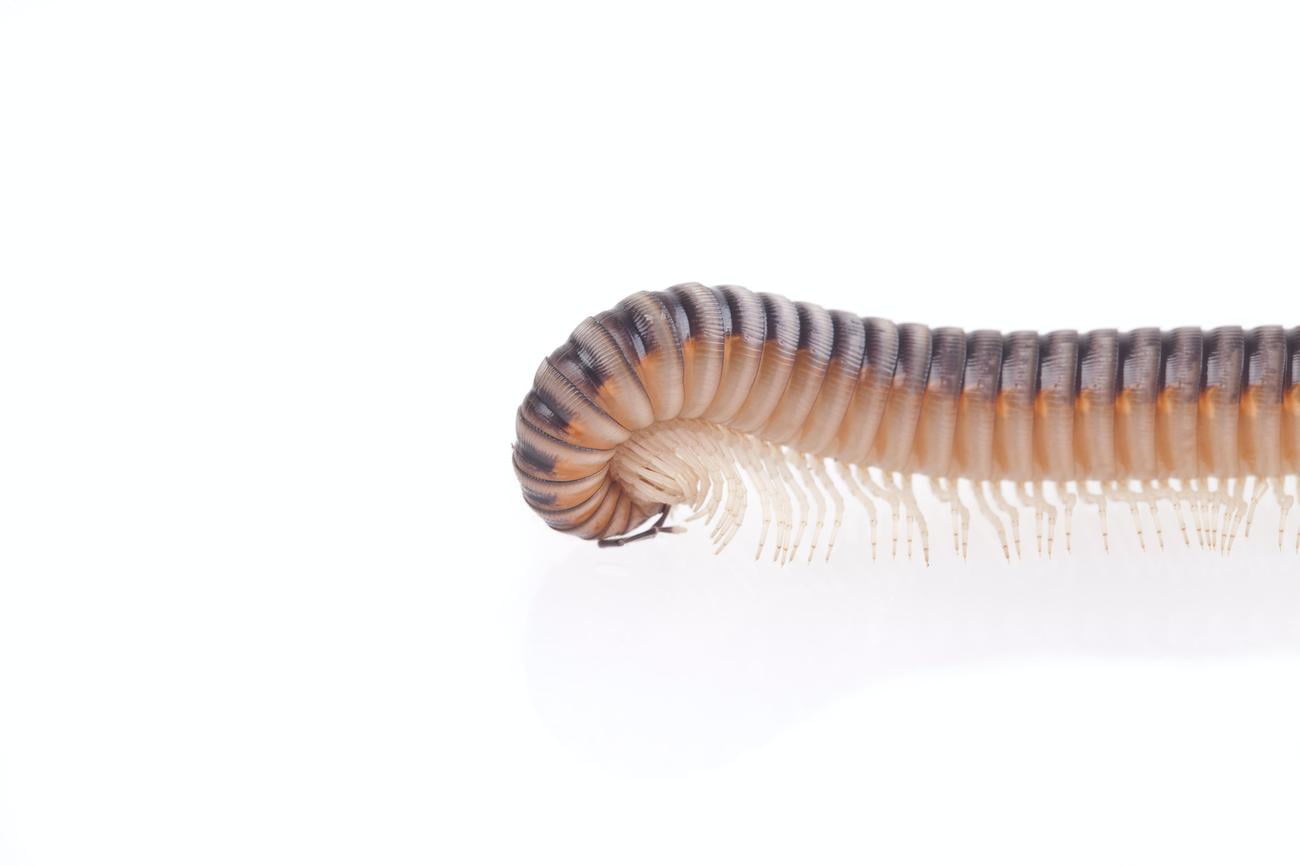Unveiling Centipedes’ Leg Count: How Many Legs Do They Have?

Curiosity has always spurred mankind to embark on remarkable journeys of discovery, peeling back the layers of enigma that shroud the natural world. As we delve into the realm of arthropods, there is an overwhelmingly captivating creature that beckons our attention – the centipede. Their elongated bodies adorned with an army of legs have fascinated both scientists and nature enthusiasts for centuries. With an insatiable desire to unravel the secrets of their anatomy, we find ourselves compelled to answer the age-old question: how many legs do centipedes really possess? With my profound research and expertise as a seasoned entomologist, I invite you on a captivating expedition of knowledge, where we will demystify the captivating leg count of these intriguing creatures.
How Many Legs Do Centipedes Have?
Centipedes, those fascinating arthropods, have long captivated the curiosity of entomologists and nature enthusiasts alike. But have you ever wondered how many legs these creatures possess? Well, let’s dive into the world of centipedes and unveil the secrets of their leg count.
Firstly, it’s important to note that the number of legs a centipede has depends on its species. While there can be variations, the leg count can range from 30 all the way up to an astonishing 354! That’s quite a range, isn’t it?
So, how does this leg count work? Each centipede body segment has one pair of legs. That means, most centipedes have between 15 and 173 body segments. It’s fascinating how their bodies are divided into segments, with each segment sporting a pair of legs. It’s like a perfectly organized symphony of legs, don’t you think?
Now, you might be wondering, how does this leg count compare to their cousins, the millipedes? Well, here’s where the differences lie. While centipedes have one pair of legs per body segment, millipedes have two pairs. This unique feature gives millipedes a higher leg count compared to their centipede counterparts.
Centipedes, with their streamlined bodies and slender legs, can almost be compared to the graceful dancers of the arthropod world. But did you know that they can actually grow more legs whenever they molt? Molting is a process in which centipedes shed their exoskeletons to make way for a larger, more mature one. With each molt, they have the ability to grow additional legs, further enhancing their leg count. That sounds like a convenient superpower, doesn’t it?
It’s also worth mentioning that the exact number of legs can vary within a species. So, even though a particular type of centipede may typically have, let’s say, 100 legs, individual centipedes within that species may have a few more or less.
To summarize, the leg count of centipedes can range from 30 to 354, with each body segment sporting one pair of legs. Centipedes have a characteristic leg count of two legs per segment, while millipedes, their close relatives, boast four. It’s truly a remarkable display of nature’s diversity.
In the world of arthropods, it’s always fascinating to unravel the mysteries of their anatomy. Centipedes, with their varying leg count and unique adaptations, never cease to amaze. So, the next time you come across a centipede scurrying across your path, take a moment to appreciate its intricate leg count and marvel at the wonders of nature.
“Centipedes, with their symphony of legs and diverse leg counts, showcase nature’s ingenuity.”
Centipedes are fascinating creatures, with a multitude of legs that can make anyone’s skin crawl. However, did you know that centipedes have been around for hundreds of millions of years? It’s true! These ancient arthropods have some interesting facts that will leave you amazed. From their ability to regenerate lost limbs to their lightning-fast speed, there’s so much to learn about these remarkable creatures. If you’re curious to know more about the intriguing world of centipedes, click here: interesting facts about centipedes. Prepare to be amazed by the wonders of the centipede world!
How Many Legs Does a Millipede Have?
[youtube v=”dCB1qR7n8Bk”]
Millipedes are fascinating creatures known for their multitude of legs. Unlike their cousins, the centipedes, millipedes have a distinctive leg count that sets them apart. In this article, we will explore the leg count of millipedes and delve into the intriguing world of these arthropods.
Millipedes: The Leggiest Creatures
Millipedes are part of the animal kingdom’s leggiest inhabitants. As arthropods, they possess segmented bodies and an exoskeleton. Unlike centipedes, which have two legs per segment, millipedes have four legs per segment.
The exact number of legs a millipede has varies according to its species. Most millipedes typically have around 300 legs, while some species, like Lacme Plannepis, can have up to a staggering 750 legs. It’s important to note that the leg count is determined by the number of segments, not the length of the millipede’s body.
A Diverse Range of Shapes and Sizes
Millipedes come in a wide variety of body shapes and sizes, ranging from as small as two millimeters to as long as 35 centimeters. The number of body segments can also vary greatly, with millipedes having anywhere from 12 to over 300 segments.
In terms of coloration, millipedes are predominantly brown or black, though there are a few brightly colored species. This diversity adds to the allure of these fascinating creatures.
Conclusion
In conclusion, millipedes possess an impressive array of legs, with most species having around 300 legs. However, the leg count can vary depending on the number of segments a millipede has. From their segmented bodies to their distinctive leg count, millipedes demonstrate nature’s ingenuity and diversity.
“Millipedes have some of the most legs in the animal kingdom, with most species having around 300 legs.”

FAQ
Question 1
How many legs do centipedes have?
Answer 1
The number of legs a centipede has depends on the species and can range from 30 to 354. Each centipede body segment has one pair of legs, with most centipedes having between 15 and 173 body segments. Therefore, the maximum number of legs a centipede can have is 354, not 100.
Question 2
Do centipedes have one pair of legs per body segment?
Answer 2
Yes, centipedes typically have one pair of legs per body segment. This distinguishes them from millipedes, which have two pairs of legs per body segment, resulting in a higher leg count.
Question 3
Do centipedes and millipedes have a similar leg count?
Answer 3
No, centipedes and millipedes have differences in their leg placement and leg count. Centipedes have segments with one pair of legs, while millipedes have segments with two pairs of legs. This fundamental difference in leg arrangement contributes to their distinct leg counts.
Question 4
Can a centipede grow more legs?
Answer 4
Yes, centipedes can grow more legs whenever they molt. Through the molting process, centipedes shed their exoskeletons and develop new ones. During this regenerative phase, they can potentially grow additional legs, although the exact number can vary within a species.
Question 5
Which arthropod has the most legs?
Answer 5
The millipede species known as Illacme plenipes holds the distinction of having the most legs. It is capable of having up to 750 legs, an astonishing number compared to centipedes. However, it is important to note that centipedes can exhibit a wide range of leg counts, with some species possessing more legs than others.
- Senior at What Age: Benefits & Eligibility Guide - March 29, 2025
- Unlocking Senior Benefits: How Old is a Senior? Your Complete Guide - March 29, 2025
- Master Russian Politeness:A Guide to Saying Please - March 29, 2025
















